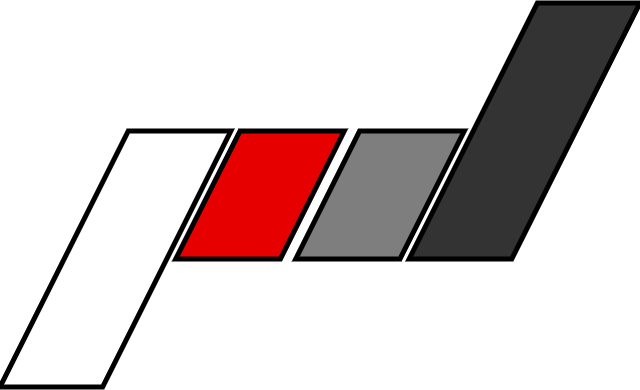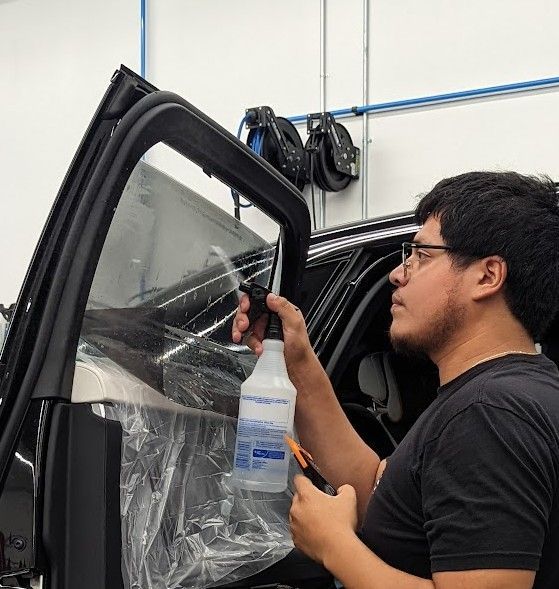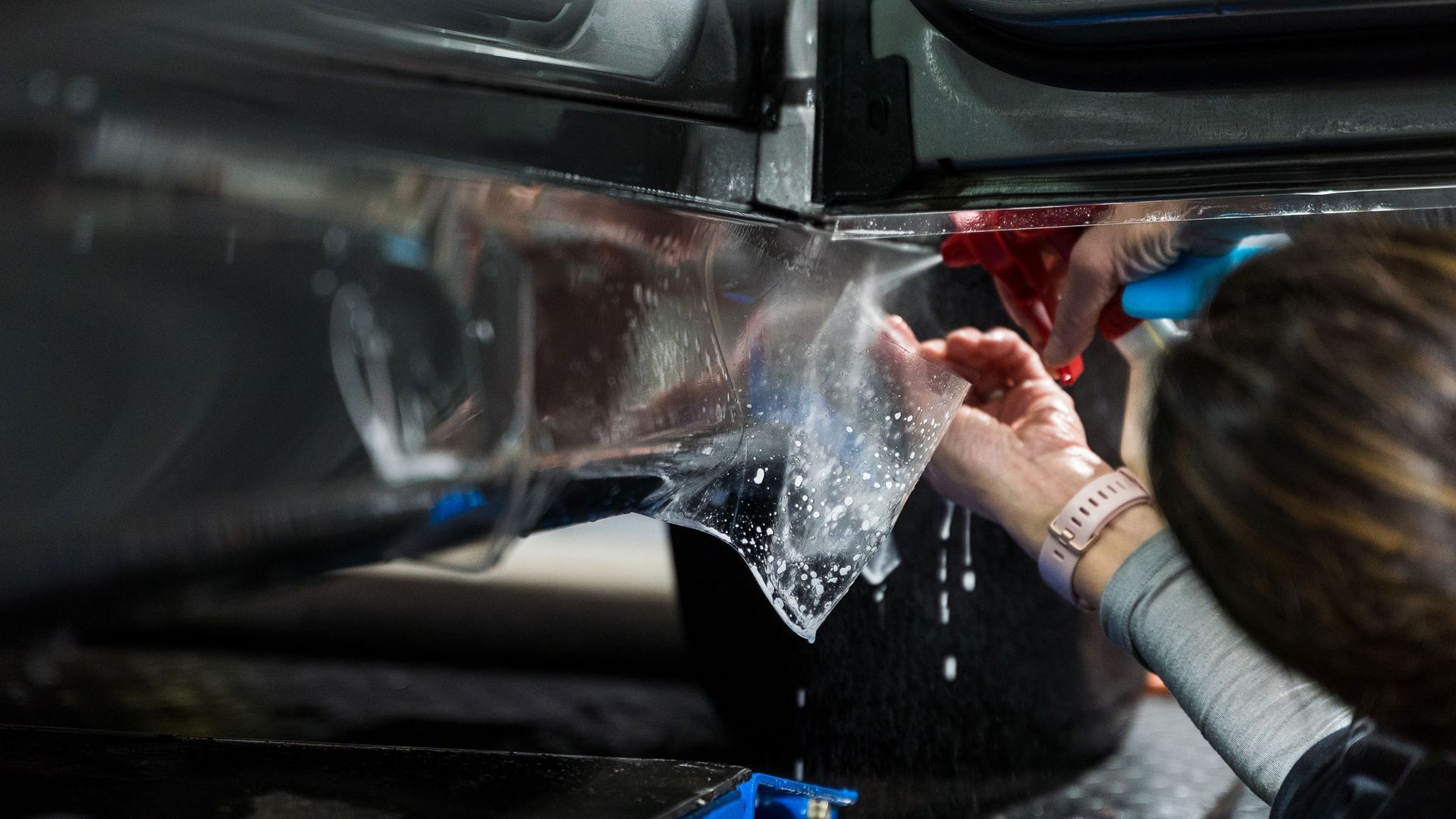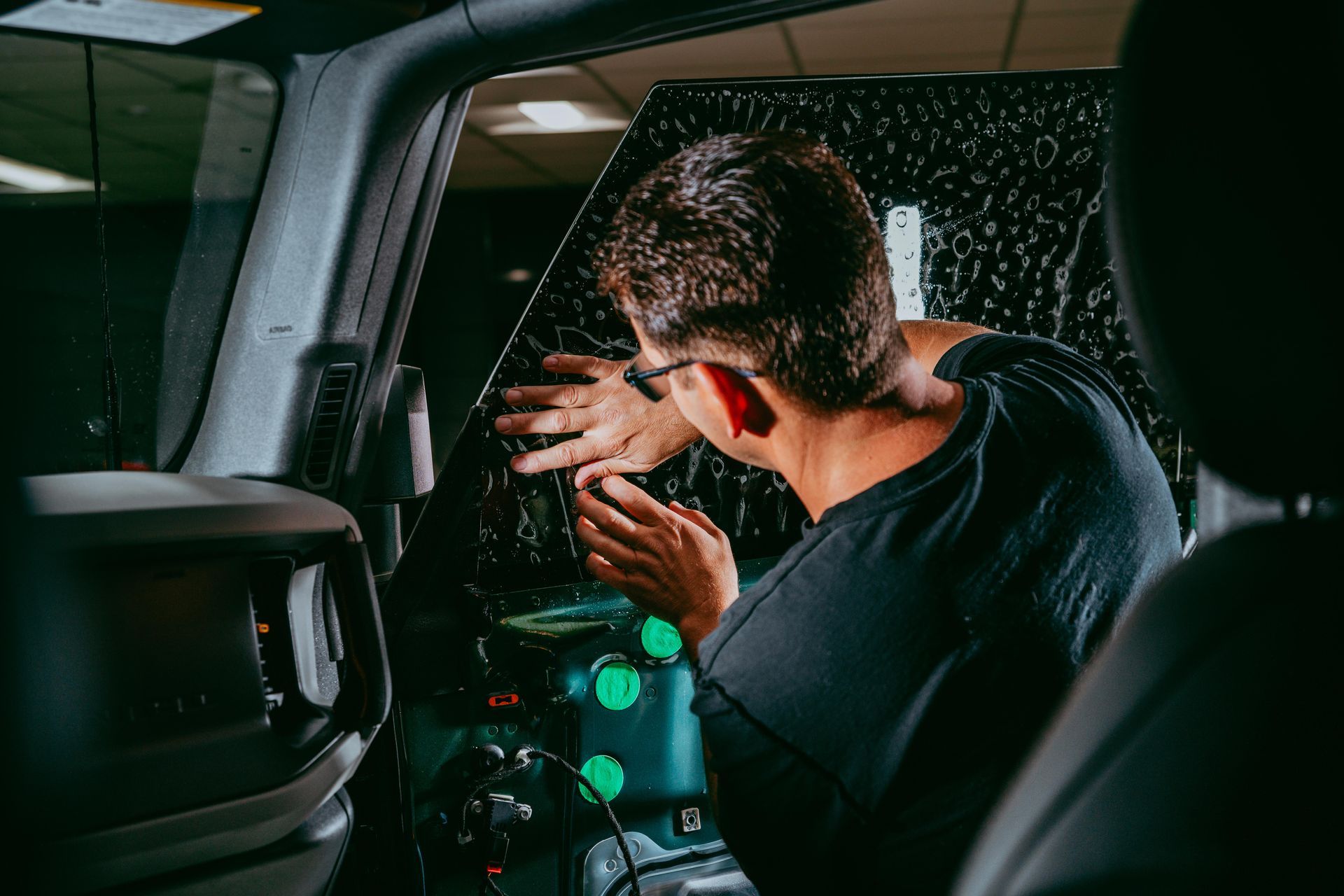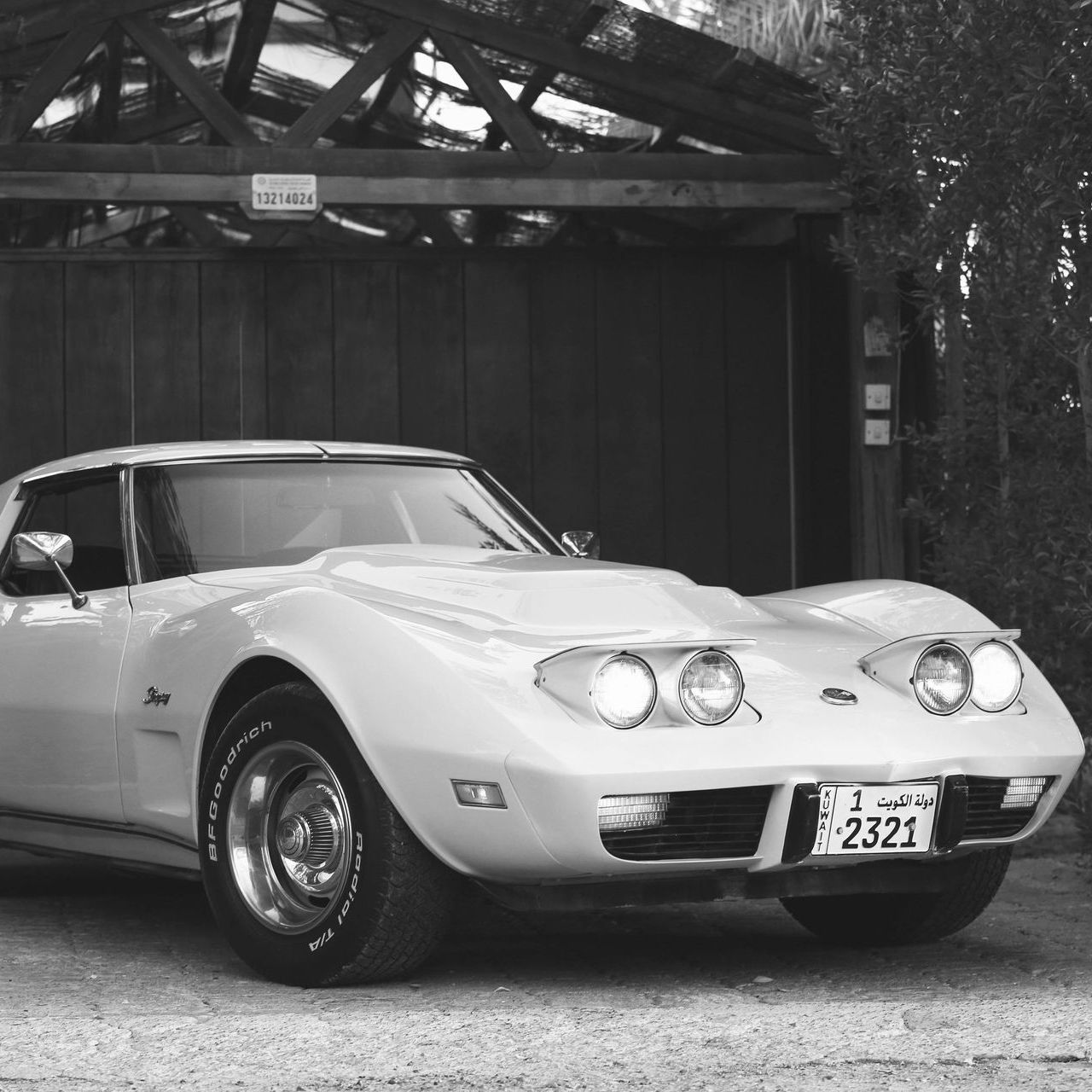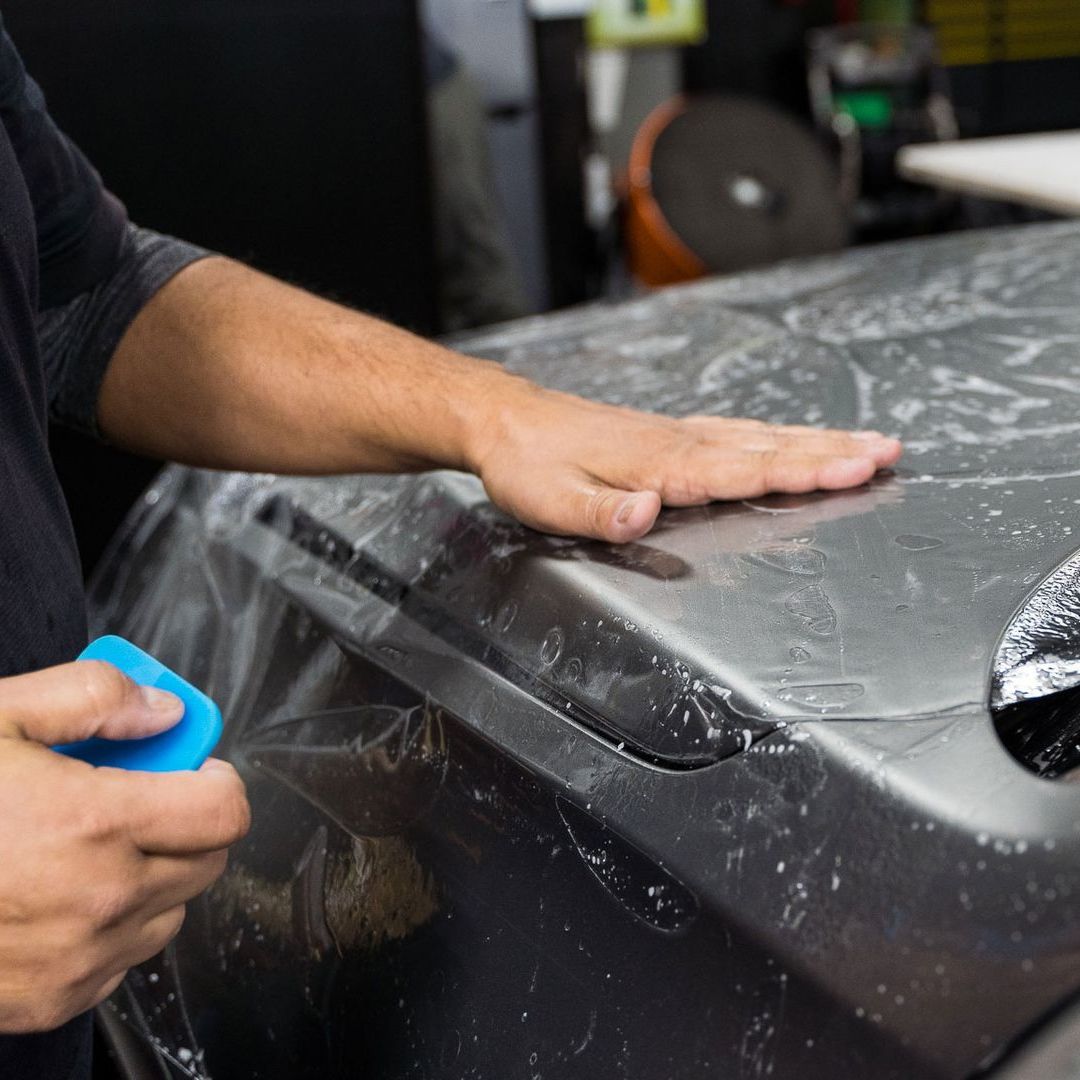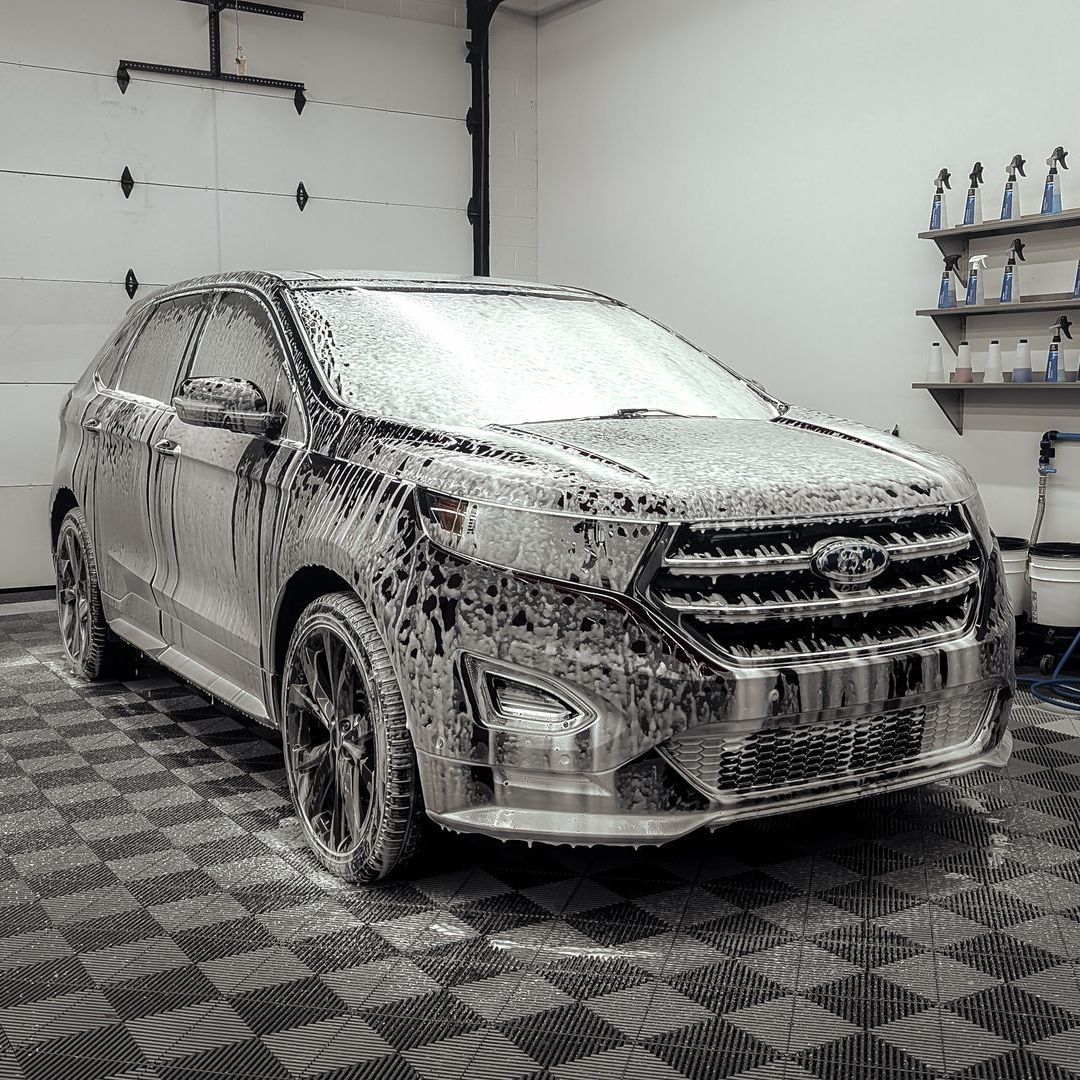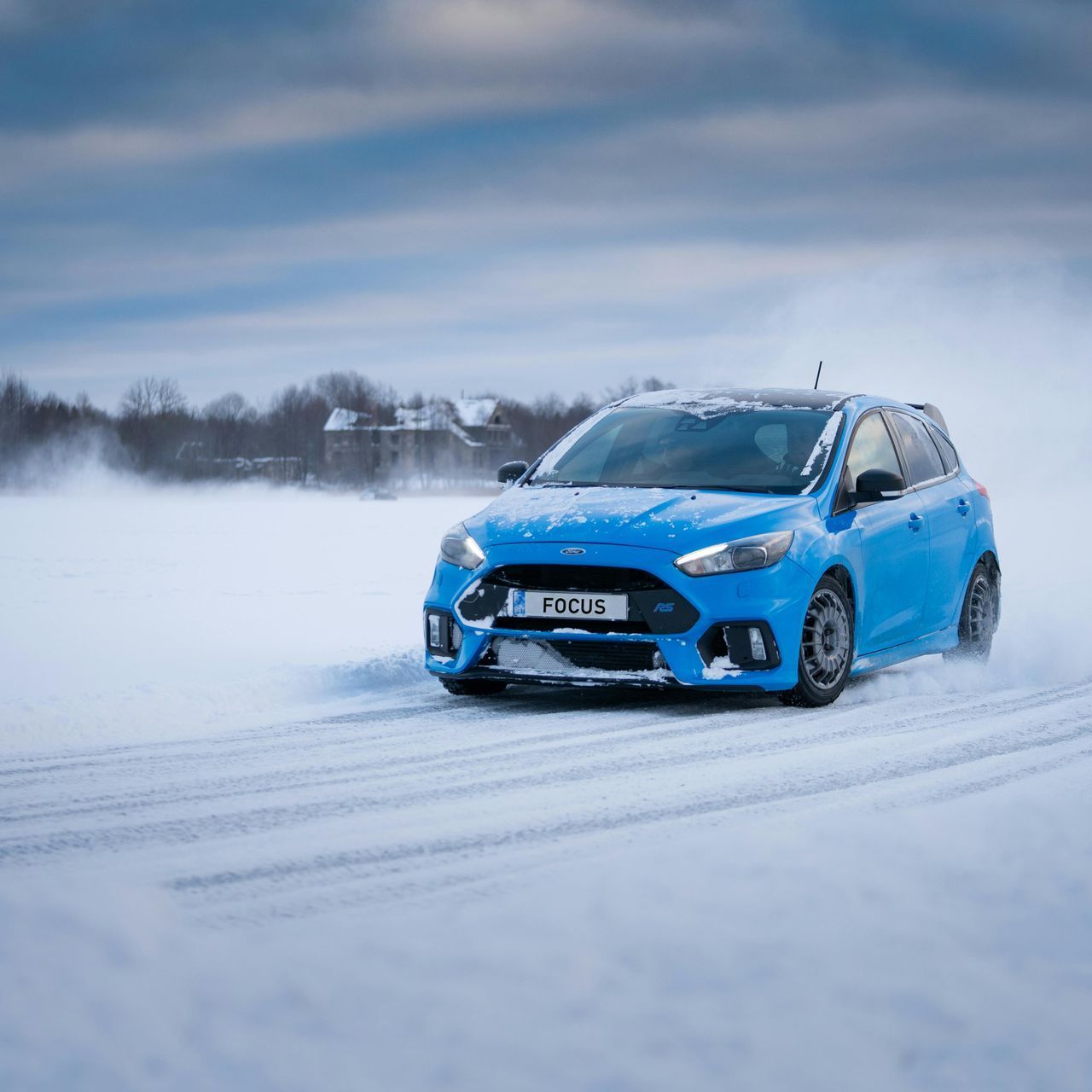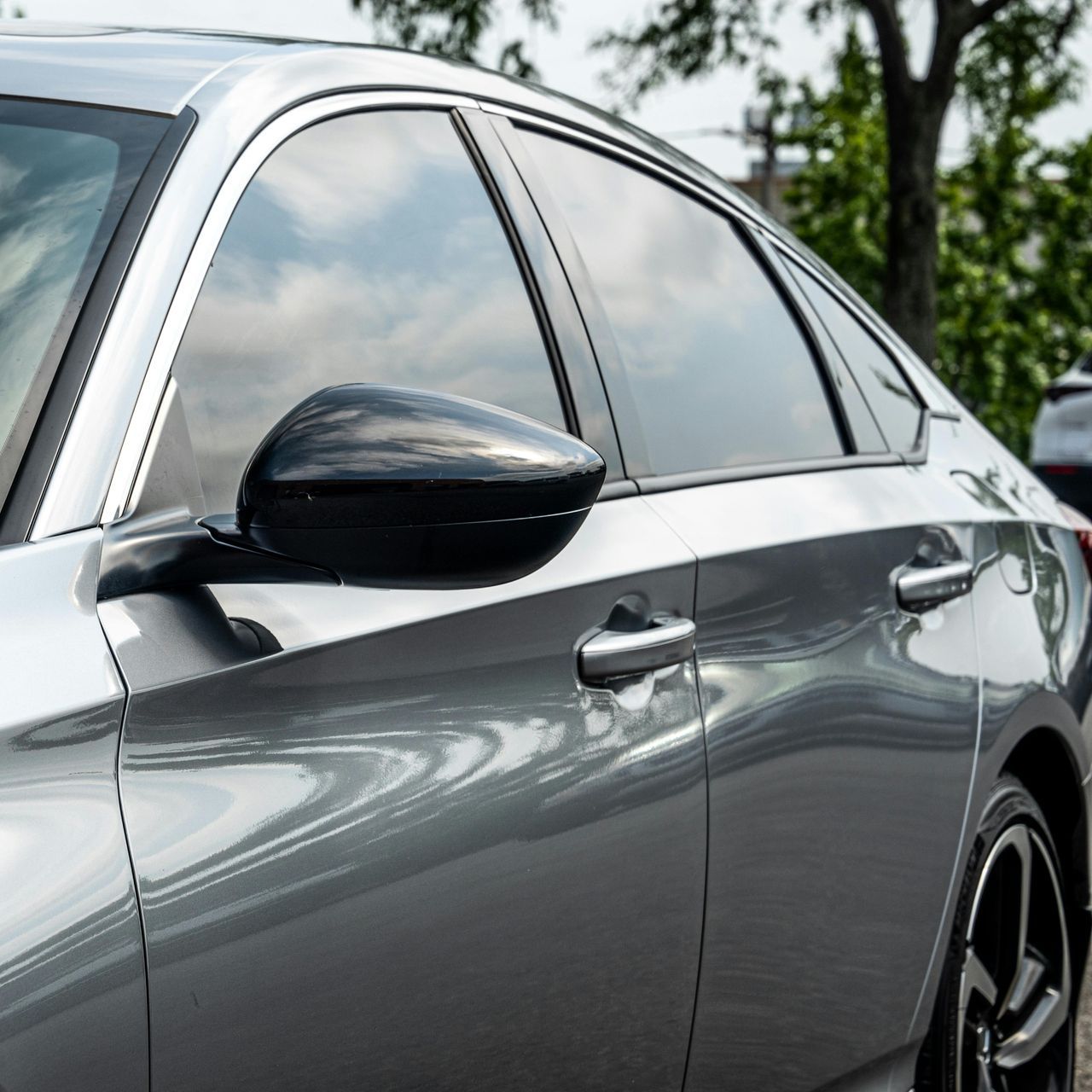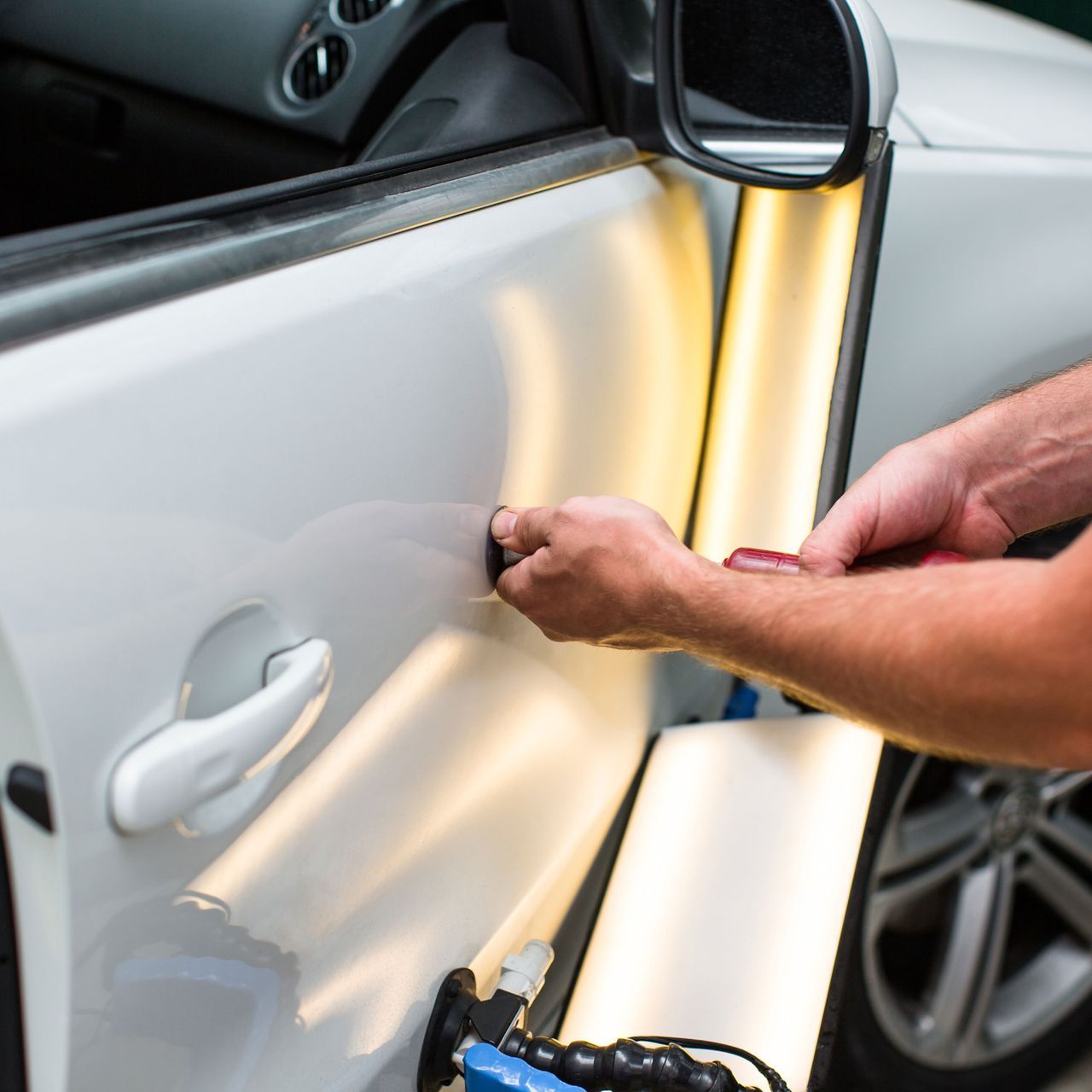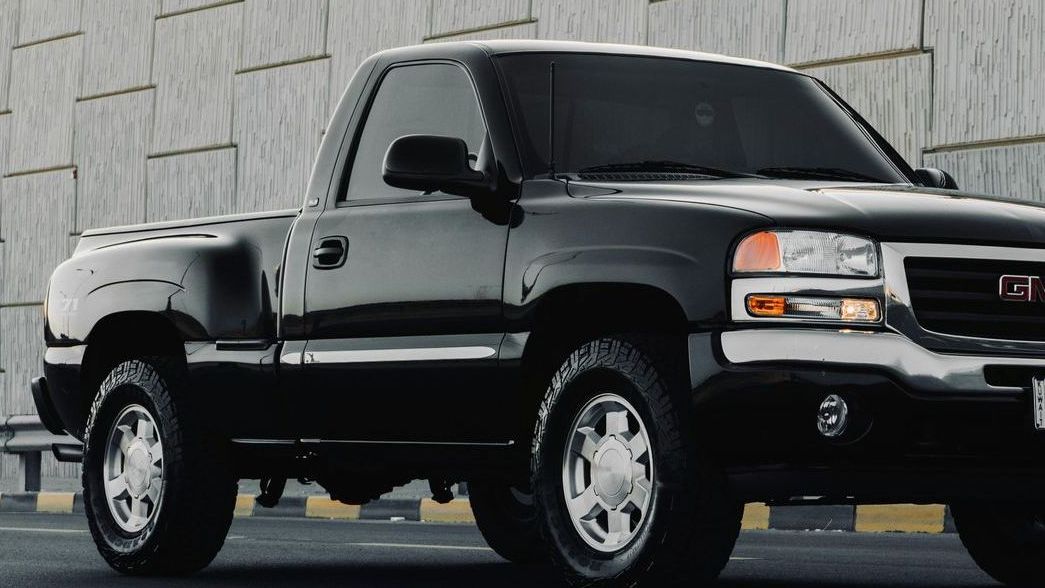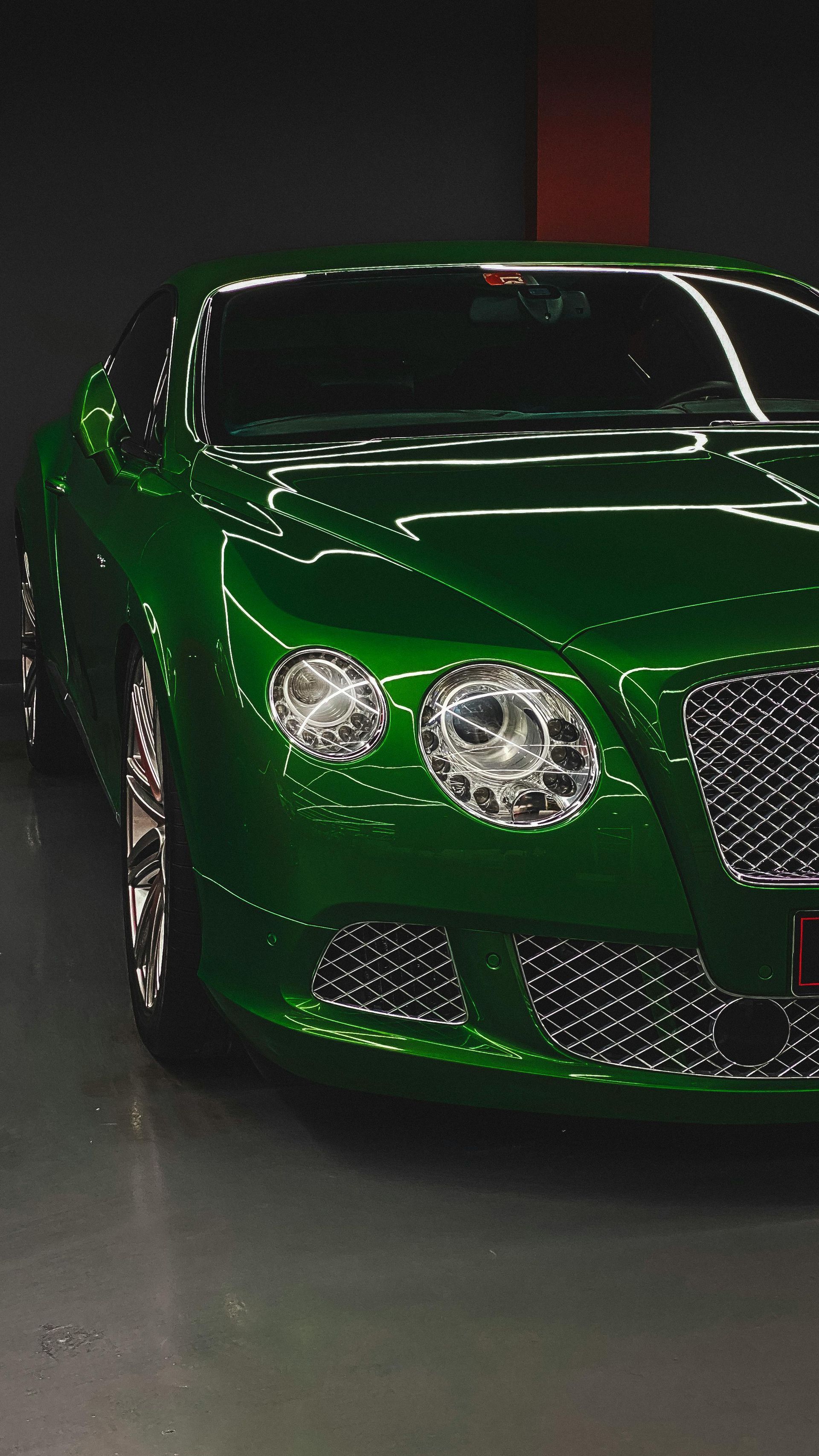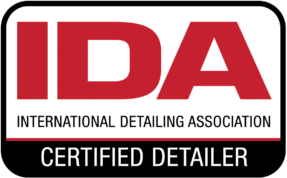The Science Behind Paint Protection Film: How It Works
Every day, your vehicle is exposed to a variety of environmental hazards that can damage its paint, from gravel kicked up on highways to harmful UV rays and road salt during winter months. These factors contribute to chips, scratches, fading, and corrosion that can quickly diminish the value and appearance of your car. Protecting your car’s paint is not just about maintaining its aesthetic appeal—it’s also about preserving its long-term value. One of the most effective solutions for car paint protection is Paint Protection Film (PPF), a revolutionary technology that shields your vehicle from these hazards.
PPF is more than just a clear film applied to your car’s surface—it’s a high-tech, multi-layered solution that works on a molecular level to safeguard your vehicle’s finish. In this blog, we’ll explore the science behind Paint Protection Film, how it works, and why it’s one of the best options for protecting your car’s paint. Whether you’re a car enthusiast or someone looking to preserve your vehicle’s value, understanding the mechanics behind PPF can help you make an informed decision about your car’s protection.
What is Paint Protection Film (PPF)?
Paint Protection Film (PPF) is a thin, flexible urethane film that is applied to a vehicle’s exterior to protect it from environmental hazards. Originally developed for military use to protect helicopter blades from damage during combat, PPF has since evolved into a highly advanced product for the automotive industry. The film is designed to absorb impacts from road debris, prevent scratches, resist UV damage, and shield the paint from chemical contaminants like bird droppings, bug splatter, and tree sap.
Unlike traditional waxes or sealants that sit on top of the paint, PPF is applied directly to the surface, forming a physical barrier that prevents damage from penetrating the paint. This car paint protection film can be applied to specific high-impact areas like the front bumper, hood, side mirrors, and fenders, or it can be used for full-body protection.
The Layers of Paint Protection Film: Breaking Down the Science
To understand how PPF benefits your vehicle, it’s essential to look at its unique multi-layer structure. The advanced materials used in the film’s construction are what give it its remarkable durability and protective properties.
Paint Protection Film typically consists of four primary layers:
- Topcoat Layer: The outermost layer of PPF is made from a specially engineered, self-healing urethane material. This layer is what gives the film its ability to repair minor scratches and swirl marks when exposed to heat. The self-healing property works because the molecular structure of this layer can realign when subjected to heat from the sun or a heat gun, effectively “healing” any surface imperfections.
- Polyurethane Layer: Beneath the topcoat lies the polyurethane layer, which is the core of the film’s protection. Polyurethane is a highly flexible and durable polymer that absorbs impacts from rocks, gravel, and other debris that would otherwise chip or scratch your paint. This layer is thick enough to cushion these impacts while remaining flexible enough to conform to the contours of your vehicle.
- Acrylic Adhesive Layer: The adhesive layer ensures that the film adheres securely to your car’s surface without damaging the paint beneath. This layer is designed to bond tightly to the paint but is also formulated to be removable without leaving residue, making it possible to replace or remove the film without harming the car’s finish.
- Release Liner: This layer is typically peeled away during the application process and is not part of the installed film. It protects the adhesive layer during handling and installation to ensure a flawless finish.
Each of these layers works together to provide robust protection for your vehicle. The topcoat prevents scratches and scuffs, the polyurethane absorbs impacts, and the adhesive layer ensures the film stays in place for long-lasting protection.
The Self-Healing Technology: How PPF Repairs Itself
One of the most impressive features of modern Paint Protection Film is its self-healing technology. When the film experiences minor scratches or abrasions, the top layer of PPF is designed to repair itself when exposed to heat. But how does this process work?
The topcoat of the film is made from a thermoplastic urethane material that has "shape memory" properties. When the film is scratched or damaged, the molecules within the top layer are temporarily displaced, causing a visible scratch or swirl mark. However, when exposed to a heat source—such as the sun, warm water, or a heat gun—the molecules realign, returning to their original positions and effectively erasing the scratch.
This self-healing process occurs because the heat allows the urethane's polymer chains to relax and flow back into place. The damage is essentially “healed,” restoring the smooth, flawless surface of the film. This unique property makes PPF ideal for high-traffic areas on your vehicle, such as the front bumper and hood, where minor scratches are more likely to occur.
Impact Resistance: How PPF Protects Against Road Debris
Another major advantage of PPF is its ability to absorb impacts from small debris, such as rocks, gravel, and sand. When you drive, these elements are often kicked up by other vehicles and can cause chips, scratches, and dents in your car’s paint. PPF is designed to take the brunt of these impacts, protecting your car’s paintwork from damage.
The polyurethane layer in the film acts as a shock absorber. When a rock or other debris strikes the surface of the film, the polyurethane compresses slightly, absorbing the energy from the impact. Because the film is flexible, it can cushion the blow, preventing the debris from penetrating the film and damaging the paint beneath.
This impact resistance is one of the key reasons why PPF is so effective at maintaining your vehicle’s paint in like-new condition. By preventing chips and scratches, PPF ensures that your car’s exterior remains free from the small imperfections that can accumulate over time and reduce the vehicle's overall appearance and value.
UV and Chemical Protection: Shielding Your Vehicle from Environmental Hazards
In addition to physical damage from debris, your vehicle is constantly exposed to harmful UV rays, which can cause paint to fade and oxidize over time. Paint Protection Film provides a protective layer that blocks UV rays from reaching the paint, preventing oxidation and keeping your car’s paint vibrant and glossy for longer.
PPF also protects against chemical contaminants, such as bird droppings, bug splatter, tree sap, and road salt. These substances can be highly corrosive, especially if left on the paint for extended periods. The topcoat layer of PPF acts as a sacrificial layer, preventing these contaminants from bonding to your vehicle’s paint. Since the film is hydrophobic, most of these substances can be easily washed away, preventing long-term damage to the paint beneath.
Why Choose PPF Over Other Protection Options?
When comparing Paint Protection Film to other paint protection solutions, such as ceramic coatings or waxes, the differences are significant. While ceramic coatings provide excellent protection against chemical contaminants and make your car easier to clean, they do not offer the same level of impact resistance as PPF. Ceramic coatings cannot prevent chips and scratches caused by rocks or debris, making PPF the superior choice for those looking to protect against physical damage.
Wax, on the other hand, offers very minimal protection and must be reapplied frequently to maintain its effectiveness. PPF, by contrast, is a long-lasting solution that can protect your vehicle for up to 10 years with proper maintenance.
One of the most significant advantages of PPF is that it can be used in combination with ceramic coating. By applying PPF to the high-impact areas of your vehicle (such as the front bumper and hood) and ceramic coating to the rest of the car, you can achieve comprehensive protection. This hybrid approach allows you to enjoy the benefits of both technologies, ensuring your vehicle stays protected from all types of hazards.
The Installation Process: What to Expect
Installing Paint Protection Film is a precise and labor-intensive process that requires the skill of trained professionals. The process begins with a thorough cleaning and decontamination of the vehicle’s surface to ensure that no dirt or debris is trapped under the film. The PPF is then custom-cut to fit your vehicle’s specific make and model, ensuring a seamless application.
The film is applied using a wet installation method, where a solution is sprayed onto the vehicle’s surface to allow the film to be positioned correctly. Once in place, a squeegee is used to remove any air bubbles and excess solution, ensuring a smooth, flawless finish. After the film is applied, it is left to cure for a few days, during which time it adheres fully to the paint.
PPF Maintenance: Keeping Your Car Protected
Once PPF is installed, maintaining it is relatively easy. The film is designed to be durable and resistant to most contaminants, but regular washing will help ensure that it continues to perform optimally. It’s recommended to hand wash your vehicle using a pH-neutral soap to avoid damaging the film. Additionally, avoid using abrasive cleaners or automatic car washes with brushes, as these can potentially scratch the film.
While PPF is highly resistant to most forms of damage, it’s not invincible. Over time, the film may show signs of wear, especially in high-impact areas. However, because PPF is removable, it can be replaced without damaging the paint beneath, making it a long-term solution for protecting your vehicle.
Contact Us Today to Learn More About PPF
Understanding the science of Paint Protection Film helps you see why it’s one of the most effective ways to protect your vehicle’s paint from chips, scratches, UV rays, and environmental contaminants. With its advanced multi-layer construction, self-healing properties, and impact resistance, PPF provides unmatched protection for your car.
If you’re ready to safeguard your vehicle’s paint and preserve its value, contact us today to learn more about our PPF installation services. Our expert team is here to help you choose the best protection plan for your vehicle.
